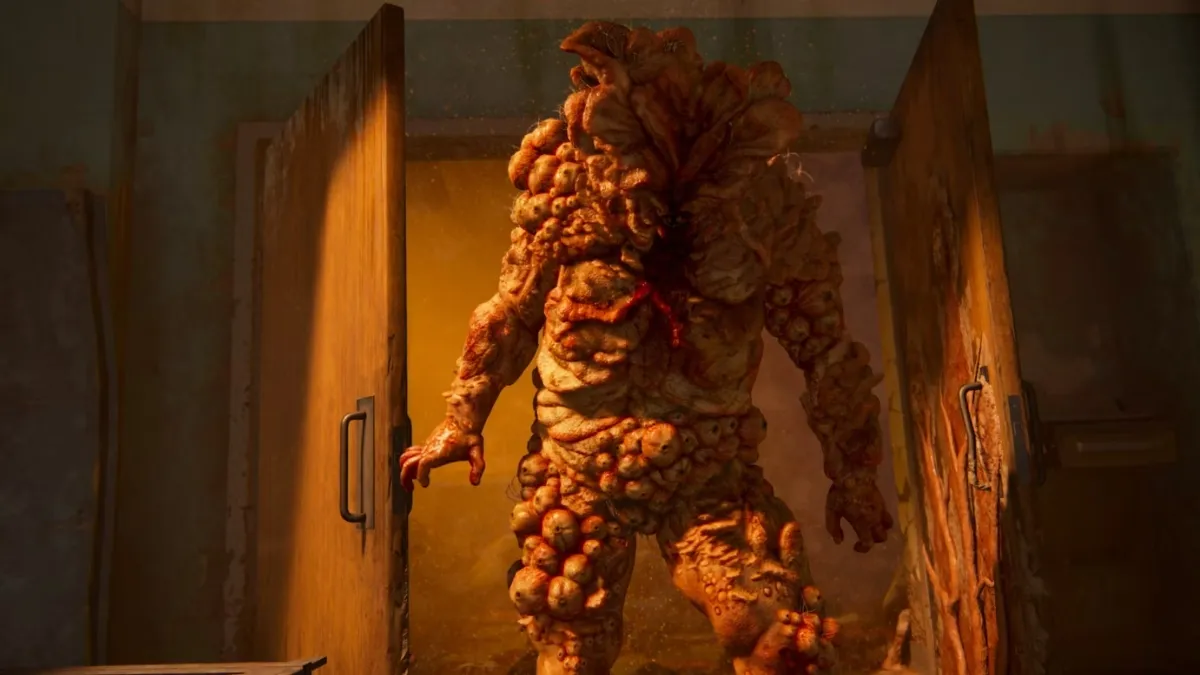Whether you’re well-versed in the gaming sector or your first-ever exposure to The Last of Us was through HBO’s live-action adaptation, you’ll be extremely familiar with the Infected. Once everyday humans, the Infected are the byproduct of the Cordyceps fungal infection, a mutated strand of fungi that progressively overtakes a person’s brain and strips away their humanity to effectively zombify them. There are various stages of Infected, only a handful of which we’ve met in HBO’s show, but dedicated gamers will be educated on all forms of Infected from 2013’s The Last of Us and its 2020 sequel, The Last of Us: Part II. There are five variants of Infected that evolve based on how long Cordyceps has been in control of a host; Runners, Stalkers, Clickers, Bloaters and the Rat King.
Here’s a cohesive breakdown of all the Infected forms, but we’ll be focusing on Bloaters in this instant.
What is a Bloater?
Bloaters are the fourth stage of Infected and the second rarest of them all. It takes years of exposure to Cordyceps for the host to reach the Bloater stage, which reinforces them with extra-thick fungus acting like armor plates, allowing them to withstand multiple hits from shotguns, hunting rifles, and even hatchets and machetes. They’re extremely tough to eliminate and exceedingly aggressive, but their slow movements and lack of coordination make them more predictable than some other Infected. Like other Infected, the Bloater is vulnerable against fire, which chars their armor and makes it brittle, lessening its effectiveness. The most effective way to kill a Bloater is with a molotov cocktail or a flamethrower, but even these heavy-duty weapons require several uses to down a Bloater. In order to attack a foe, Bloaters throw sacks of mycotoxin, which explode on impact. They acquire these sacks from glow-in-the-dark growths on their bodies.
Can Bloaters see?
Often compared to Clickers, which use echolocation to hunt down and ambush their prey, Bloaters also use reflective sound to track enemies. However, since Bloaters are the result of a more advanced Cordyceps infection, their entire bodies have been overtaken by the fungus, meaning that their echolocation is less precise and refined than a Clicker’s. Sometimes, it’s easy to confuse Clickers with Bloaters and vice-versa, but Bloaters are identified by their unique clicking sound, which is notably deeper than a Clicker’s. In the game, a Bloater catching Joel or Ellie results in an instant kill without a way to defend oneself. We’ve yet to meet Bloaters in HBO’s The Last of Us, but since we’ve seen Runners and Clickers, it won’t be long before this gargantuan tub of menacing lard makes its debut.
